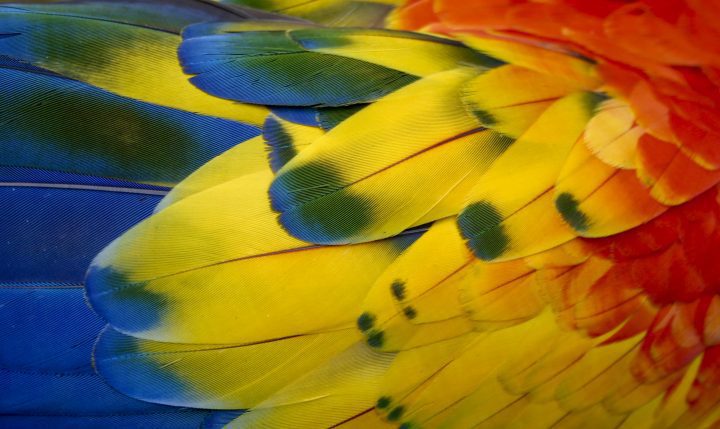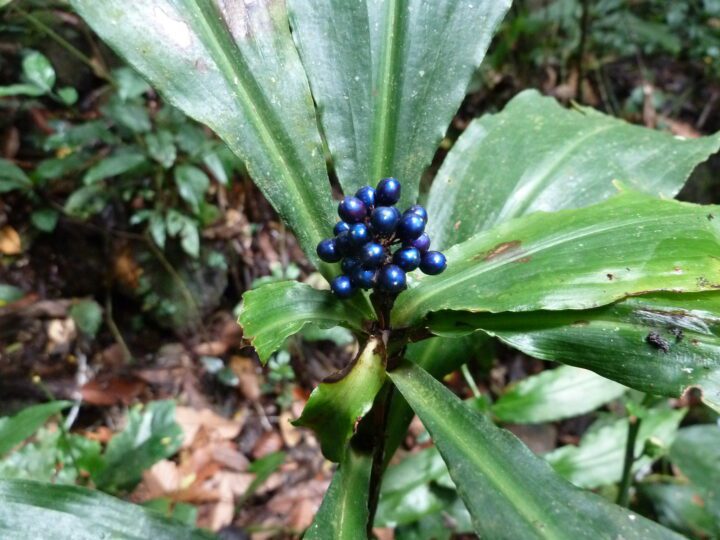Send Light Signals in the Visible Spectrum
The visible spectrum is the portion of the electromagnetic spectrum that the human eye can detect. Visible light can be thought of in two ways–light as illumination (such as that used by fireflies) and colors that result from light being absorbed or reflected. Living systems use light for a variety of purposes. Sometimes, they use it to make themselves highly visible (like a peacock showing off his brilliant feathers to a potential mate). Other times, they use it to become virtually invisible (like an owl hiding in plain sight when it rests during the day). When a living system sends a light signal, it must create that light or color in an energy- and material-efficient way. Living systems create and enhance color using such strategies as non-toxic pigments, structures that bend and absorb different wavelengths, and chemical processes that create bioluminescence.
Modify Light/Color
Color in living systems comes from pigments and the interaction of light with surfaces. Color serves many purposes for living systems, such as attracting prey or mates, providing warnings, or protecting through camouflage. To create the effects needed for each purpose, living systems must control the expression or visibility of pigments and the interactions (such as reflectance and refraction) of light. To do so, they have strategies that modify color or light to increase or decrease the color’s position, intensity, opacity, and more. Male hummingbirds, for example, have brightly colored feather patches on their throats; the coloring comes from pigments, structures that refract light, or a combination of the two. When a male hummingbird hovers near a potential mate, it modifies the angle of these feathers to create a bright, colorful display. However, when it needs to mute the colors to reduce conspicuousness, such as to avoid a predator, it modifies the angle again.
Capture, Absorb, or Filter Organisms
Many living systems must secure organisms for food. But just as one living system must capture its prey to survive, its prey must escape to survive. This results in capture and avoidance strategies that include trickery, speed, poisons, constructed traps, and more. For example, a carnivorous plant called the pitcher plant has leaves formed into a tube that collect water. Long, slippery hairs within the tube face downward. When insects enter the tube seeking nectar, they lose their footing and slide inside, unable to climb out and escape being eaten and digested by the plant.







